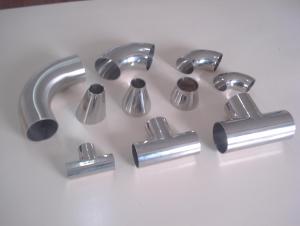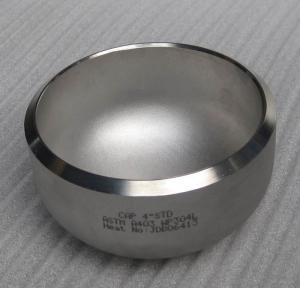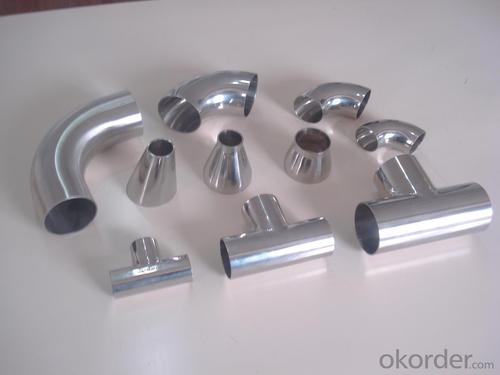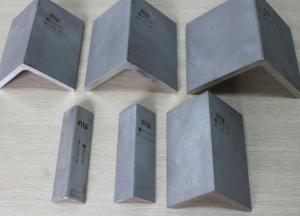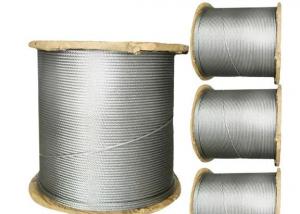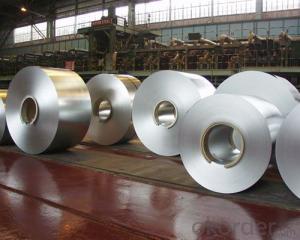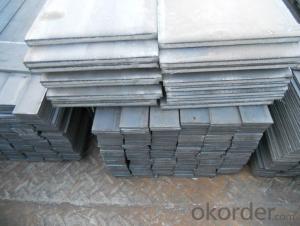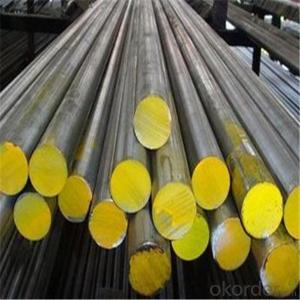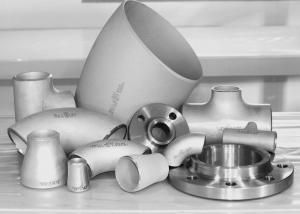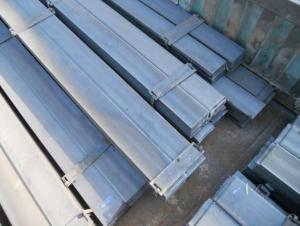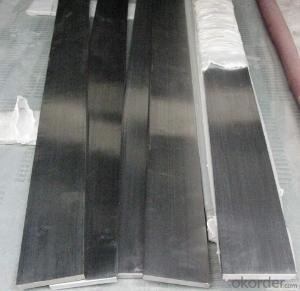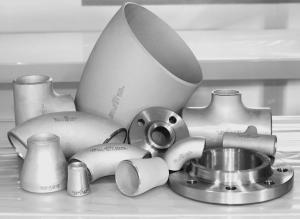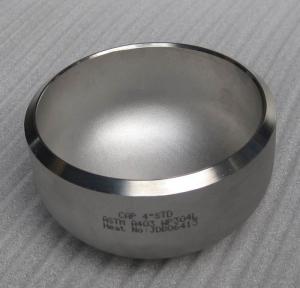Best Sale Stainless Steel Tee
- Loading Port:
- China Main Port
- Payment Terms:
- TT or LC
- Min Order Qty:
- 5 Pieces m.t.
- Supply Capability:
- 1000 Pieces Per Month m.t./month
OKorder Service Pledge
OKorder Financial Service
You Might Also Like
Stainless Steel Fittings
Specifications Features:
1) Carbon steel fitting and stainless steel fitting
2) Standard: ASME, ANSI, API, JIS
1. BUTT WELDED FITTING:
2. Production acc. to the standard of GB /ASTM / ASME / DIN / JIS
ASTM B 16.9 /16.11 B 16.28 JIS B 2311/2220 DIN2617/2616/2615/2391
3. Types: Elbows, seamless and welded, LR & SR ,Bend -Equal and reducing Tees,
seamless and welded - Concentric and eccentric Reducers,seamless and welded -Caps
4. Wall thickness: From Sch5 up to Sch160/STD/XS/XXS
5. Material Grades: A403,WP304, WP304L, Wp316, WP316L, A234WPB
6. Dimensions: Seamless: from 1/2' up to 24'
7. size: From 1/2" up to 72"
Outer packing:Seaworthy plywood case
|
Grade |
TP304,TP304L,TP321,TP316L,TP310S etc. |
|
connection |
welding |
|
techniques |
forged |
|
Surface finishing |
180/240/320/400 grit |
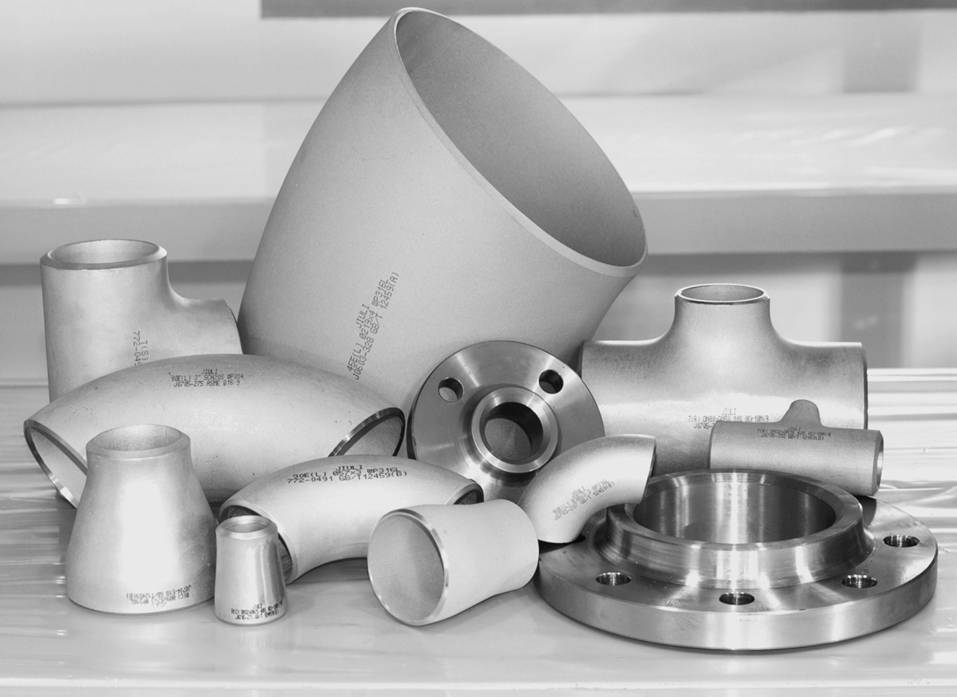
- Q: What are the fire resistance properties of stainless steel flats?
- Stainless steel flats have excellent fire resistance properties due to their unique composition and structure. Stainless steel is an alloy primarily made up of iron, chromium, and other elements such as nickel and molybdenum. The presence of chromium in stainless steel forms a protective layer of chromium oxide on the surface, which enhances its resistance to corrosion and high temperatures. When exposed to fire, stainless steel flats exhibit remarkable fire resistance. The high melting point of stainless steel, which can range from 1400°C to 1450°C (2552°F to 2642°F), ensures that it maintains its structural integrity even under extreme heat conditions. This makes stainless steel flats suitable for applications where fire protection is crucial, such as in the construction industry. Moreover, stainless steel's low thermal conductivity helps in preventing the transfer of heat from the fire to the surrounding environment. This property allows stainless steel flats to maintain their strength and stability even in high-temperature environments, reducing the risk of structural failure during a fire incident. Furthermore, stainless steel's ability to resist oxidation and corrosion significantly contributes to its fire resistance. The chromium oxide layer on the surface acts as a barrier that prevents the metal from reacting with oxygen and other elements in the surrounding atmosphere. This protective layer remains intact even at elevated temperatures, making stainless steel flats highly resistant to fire-induced degradation. In conclusion, stainless steel flats possess exceptional fire resistance properties due to their high melting point, low thermal conductivity, and resistance to oxidation and corrosion. These characteristics make stainless steel flats a reliable choice for various applications where fire protection is essential.
- Q: Are stainless steel flats available in custom sizes and shapes?
- Yes, stainless steel flats are available in custom sizes and shapes.
- Q: Are stainless steel flats suitable for the production of food packaging equipment?
- Yes, stainless steel flats are suitable for the production of food packaging equipment. Stainless steel is a popular choice in the food industry due to its corrosion resistance, durability, and hygienic properties. It is easy to clean, does not react with food, and can withstand high temperatures and harsh cleaning agents. Therefore, stainless steel flats are an ideal material for manufacturing food packaging equipment that meets the required safety and hygiene standards.
- Q: Are stainless steel flats suitable for food processing applications?
- Yes, stainless steel flats are highly suitable for food processing applications. Stainless steel is known for its excellent corrosion resistance, durability, and hygiene properties, making it a preferred material for food processing equipment. It is resistant to rust, staining, and can withstand high temperatures, aggressive cleaning agents, and acidic food ingredients. Additionally, stainless steel is non-reactive, ensuring that it does not contaminate or alter the taste, odor, or color of food products.
- Q: What are the different manufacturing processes used for stainless steel flats?
- There are several different manufacturing processes used for stainless steel flats, each with its own unique advantages and applications. Some of the most common processes include: 1. Hot rolling: This is the most widely used method for manufacturing stainless steel flats. It involves heating the steel above its recrystallization temperature and then passing it through a series of rollers to reduce its thickness and shape it into a flat profile. Hot rolling improves the mechanical properties of the steel and provides a uniform grain structure. 2. Cold rolling: In this process, stainless steel flats are passed through a series of rollers at room temperature to achieve the desired thickness and shape. Cold rolling results in a smoother surface finish and tighter dimensional tolerances compared to hot rolling. It is often used for applications that require precise dimensions and excellent surface quality. 3. Cold drawing: This process involves pulling a stainless steel bar through a die to reduce its diameter and simultaneously increase its length. Cold drawing is commonly used to manufacture stainless steel flats with specific dimensions and a smooth surface finish. It also improves the mechanical properties and enhances the overall quality of the flats. 4. Precision machining: This process involves using machine tools such as lathes, mills, and grinders to remove material from a stainless steel bar and shape it into a flat profile. Precision machining offers high dimensional accuracy and allows for customization of the flats according to specific requirements. It is often used for producing stainless steel flats with complex shapes or special features. 5. Laser cutting: This technique uses a high-powered laser beam to cut through stainless steel sheets or plates and create flat profiles. Laser cutting offers excellent precision, speed, and versatility, allowing for the production of stainless steel flats with intricate designs or patterns. It is particularly suitable for small-scale production or prototyping. 6. Waterjet cutting: Similar to laser cutting, waterjet cutting uses a high-pressure stream of water mixed with abrasive particles to cut through stainless steel sheets or plates. This process is advantageous for its ability to cut through thick materials and produce smooth edges without heat-affected zones. Waterjet cutting is ideal for stainless steel flats that require intricate shapes or have strict dimensional requirements. Overall, the choice of manufacturing process for stainless steel flats depends on factors such as the desired dimensions, surface finish, mechanical properties, and the specific application requirements.
- Q: Does anyone know how much capital to invest in a stainless steel plant?
- Buy stainless steel with a special press cut out the approximate shape of the best of a wire cutting machine, the two equipment price of around 100 thousand is also Taizuan, argon arc welding, cutting machine and polishing of these devices are drawing the railings
- Q: Can stainless steel flats be used in food packaging machinery?
- Yes, stainless steel flats can be used in food packaging machinery. Stainless steel is a commonly used material in the food industry due to its corrosion resistance, durability, and easy cleanability. It is ideal for applications that require contact with food or beverages, making it suitable for use in food packaging machinery.
- Q: Can stainless steel flats be used in the nuclear industry?
- Yes, stainless steel flats can be used in the nuclear industry. Stainless steel is known for its corrosion resistance, high strength, and ability to withstand high temperatures, making it suitable for various applications in nuclear power plants such as reactor vessels, steam generators, and fuel storage containers. Its non-magnetic properties also make it ideal for sensitive equipment in nuclear facilities.
- Q: What is the conductivity of stainless steel flats?
- The conductivity of stainless steel flats is relatively low compared to other metals due to its high resistance to the flow of electric current. However, it can conduct heat relatively well.
- Q: Are stainless steel flats suitable for the production of chemical mixers?
- Yes, stainless steel flats are suitable for the production of chemical mixers. Stainless steel is known for its corrosion resistance, making it an ideal choice for equipment used in chemical industries where corrosive substances are frequently handled. Stainless steel flats provide strength and durability, allowing them to withstand the demanding conditions of chemical mixing processes. Additionally, stainless steel is easy to clean and maintain, ensuring the longevity and hygiene of the mixers. Furthermore, stainless steel flats can be fabricated into various shapes and sizes, allowing for customization to meet specific requirements of chemical mixing applications. Overall, stainless steel flats are a reliable and appropriate material choice for the production of chemical mixers.
1. Manufacturer Overview
| Location | Anhui,China |
| Year Established | 2003 |
| Annual Output Value | Above US$16 Million |
| Main Markets | South Korea;Japan; Europe;ASEAN;India |
| Company Certifications | ISO 9001:2000; |
2. Manufacturer Certificates
| a) Certification Name | |
| Range | |
| Reference | |
| Validity Period |
3. Manufacturer Capability
| a) Trade Capacity | |
| Nearest Port | Shanghai |
| Export Percentage | 70% |
| No.of Employees in Trade Department | 160 People |
| Language Spoken: | English;Chinese;Japanese;Korea |
| b) Factory Information | |
| Factory Size: | Above 300,000 square meters |
| No. of Production Lines | Above 10 |
| Contract Manufacturing | OEM Service Offered;Design Service Offered |
| Product Price Range | Average |
Send your message to us
Best Sale Stainless Steel Tee
- Loading Port:
- China Main Port
- Payment Terms:
- TT or LC
- Min Order Qty:
- 5 Pieces m.t.
- Supply Capability:
- 1000 Pieces Per Month m.t./month
OKorder Service Pledge
OKorder Financial Service
Similar products
Hot products
Hot Searches
Related keywords
